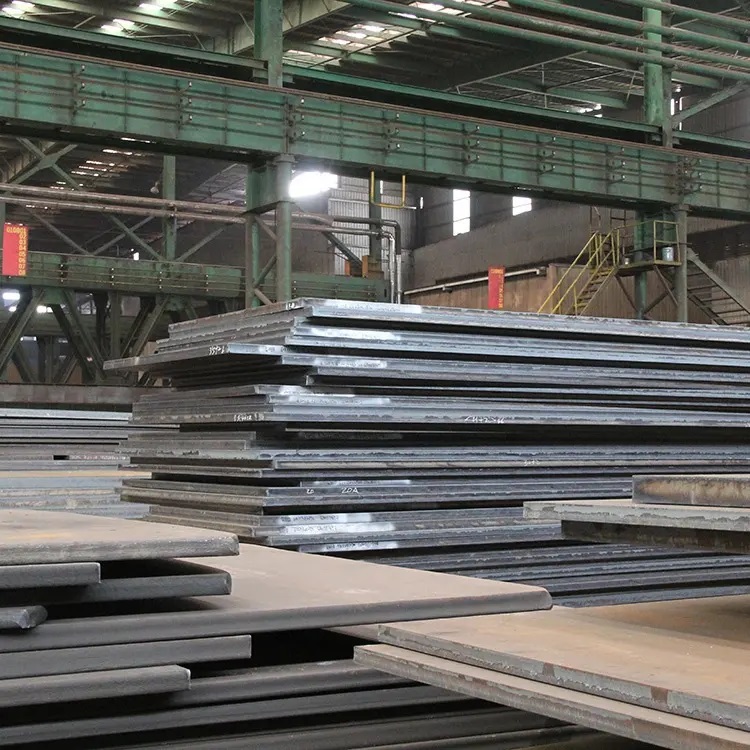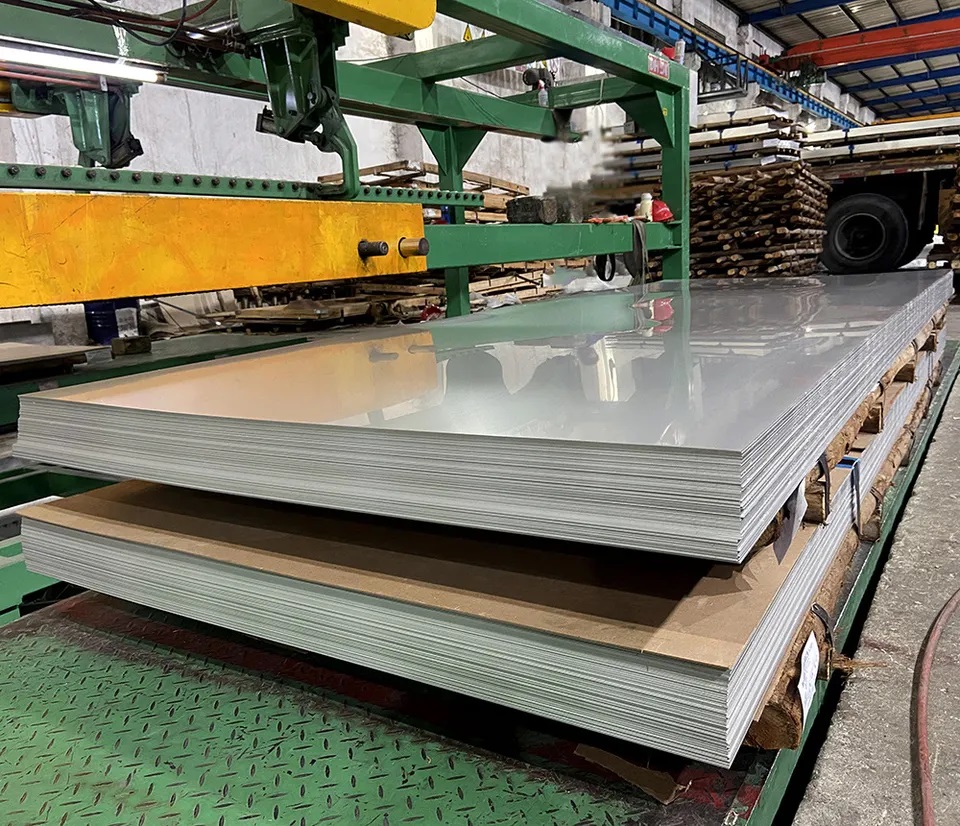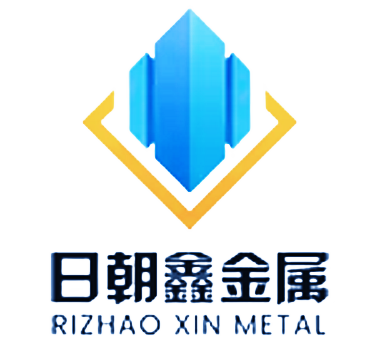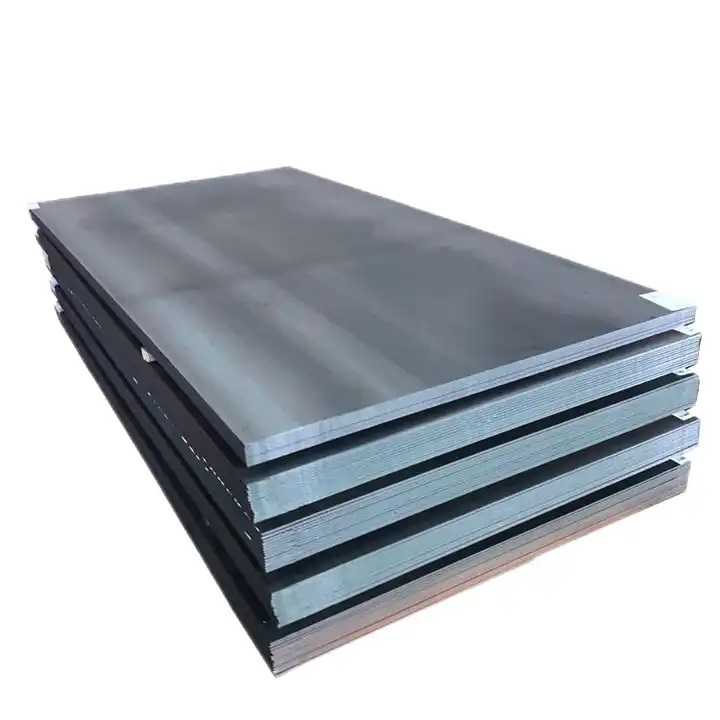Hot-rolled steel plates and cold-rolled steel plates are two common steel products. The main differences between hot-rolled steel plates and cold-rolled steel plates are reflected in the following aspects:
1. Production temperature: Hot-rolled steel plates are produced at high temperatures, usually above 1,000 degrees Celsius; while cold-rolled steel plates are produced at room temperature.
2. Surface finish: Since hot-rolled steel plates are produced at high temperatures, the surface is rough and may have defects such as oxide scale; while the surface of cold-rolled steel plates is relatively smooth and has no defects such as oxide scales.

3. Mechanical properties: Hot-rolled steel plates have higher strength and toughness, but poor plasticity; while cold-rolled steel plates have better plasticity, but relatively lower strength and toughness.
4. Purpose: Based on these differences in mechanical properties, hot-rolled steel plates are usually used in heavy-duty structures, pressure vessels and other fields; while cold-rolled steel plates are suitable for automobiles, home appliances, construction and other fields.
5. Processing technology: Hot rolling is performed by heating the steel and applying pressure; while cold rolling is performed by rolling with pressure at normal temperature.

6. Cost: Since hot-rolled steel shrinks during the cooling stage and has less control over the final shape, hot-rolled steel has a lower cost and is often used in products that do not require very tight tolerances.
7. Appearance: Cold-rolled steel plates allow local buckling of the cross-section, so that the bearing capacity of the rod after buckling can be fully utilized; while hot-rolled steel plates do not allow local buckling of the cross-section.
8. Thickness: The thickness of cold-rolled steel plates is generally relatively thin and can be further processed into steel plates of the required thickness through hot rolling.

